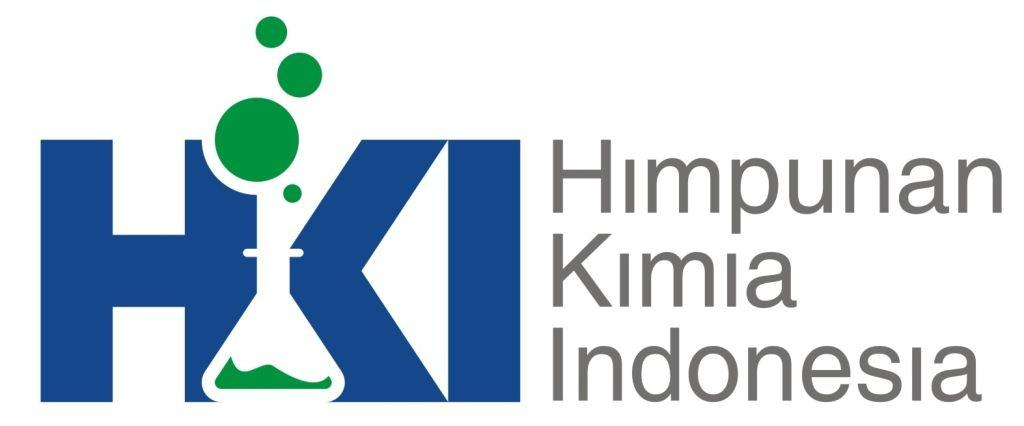Synthesis of Carboxylated Chitosan Amide Using Some Cyclic Anhydride and Their Activities as Antifungal
Abstract
Keywords
References
Pitt JI, Hocking AD. Fungi and Food Spoilage. Springer US; 2009. doi:10.1007/978-0-387-92207-2
Akman F. Prediction of Chemical Reactivity of Cellulose and Chitosan Based on Density Functional Theory. Cellulose Chemistry and Technology. 2016;51:253-262.
Pokhrel S, Yadav PN. Functionalization of chitosan polymer and their applications. Journal of Macromolecular Science, Part A. 2019;56(5):450-475. doi:10.1080/10601325.2019.1581576
Champagne LM. The Synthesis of Water Soluble N-Acyl Chitosan Derivatives for Characterization As Antibacterial Agents. Water (Basel). Published online 2008.
Dias AM, dos Santos Cabrera MP, Lima AMF, et al. Insights on the antifungal activity of amphiphilic derivatives of diethylaminoethyl chitosan against Aspergillus flavus. Carbohydr Polym. 2018;196:433-444. doi:10.1016/j.carbpol.2018.05.032
Miranda MES, Marcolla C, Rodrígues CA, et al. The role of N‐carboxymethylation of chitosan in the thermal stability and dynamic mechanical properties of its films. Polym Int. 2006;55(8):961-969. doi:10.1002/pi.2060
Pasaribu SP, Kaban J, Ginting M, Silalahi J. Preparation of In Situ Cross-Linked N-Maleoyl Chitosan-Oxidized Sodium Alginate Hydrogels for Drug Delivery Applications. Open Access Maced J Med Sci. 2019;7(21):3546-3553. doi:10.3889/oamjms.2019.850
E. Budianto ASEMN. Selektivitas Reaksi Pada Kitosan. FMIPA UI; 2013.
Badawy MEI, Rabea EI. Synthesis and Characterization of N-(maleoyl) chitosan at Different Degrees of Substitution with Antibacterial Activity. Journal of Polymer Materials. 2017;34(1):249.
Skorik YA, Kritchenkov AS, Moskalenko YE, et al. Synthesis of N-succinyl- and N-glutaryl-chitosan derivatives and their antioxidant, antiplatelet, and anticoagulant activity. Carbohydr Polym. 2017;166:166-172. doi:10.1016/j.carbpol.2017.02.097
Guo Z, Xing R, Liu S, et al. Antifungal properties of Schiff bases of chitosan, N-substituted chitosan and quaternized chitosan. Carbohydr Res. 2007;342(10):1329-1332. doi:10.1016/j.carres.2007.04.006
Sahariah P, Másson M. Antimicrobial Chitosan and Chitosan Derivatives: A Review of the Structure–Activity Relationship. Biomacromolecules. 2017;18(11):3846-3868. doi:10.1021/acs.biomac.7b01058
Khan TA, Peh KK, Ch’ng HS. Reporting degree of deacetylation values of chitosan: the influence of analytical methods. J Pharm Pharm Sci. 2002;5(3):205-212.
Golyshev AA, Moskalenko YuE, Skorik YuA. Comparison of the acylation of chitosan with succinic anhydride in aqueous suspension and in solution. Russian Chemical Bulletin. 2015;64(5):1168-1171. doi:10.1007/s11172-015-0994-3
Sahu S, Kundu M, Behari Sukla L. Bio-beneficiation of iron ore using heterotrophic microorganisms. J Microbiol Biotechnol Res. 2015;5(2):54-60.
Silvia, Savante A, Muhamad AW. Aktivitas Antimikroba Ekstrak Daun Soma (Ploiarium alternifolium Melch) Terhadap Jamur Malassezia furfur dan Bakteri Staphylococcus aureus. Jkk. 2015;4(3):84-93.
THAKUR D, SAHANI K. IN VITRO ANTIMICROBIAL ACTIVITY AND MIC OF THE EXTRACELLULAR ETHYL ACETATE CRUDE EXTRACT OF ENDOPHYTIC FUNGI FUSARIUM SP. ISOLATED FROM TEPHROSIA PURPUREA ROOT. Int J Pharm Pharm Sci. Published online January 22, 2019:48-53. doi:10.22159/ijpps.2019v11i3.28230
Hasibuan HS, Erina E, TR TA. DAYA HAMBAT EKSTRAK ETANOL DAUN SIRSAK (Annona muricata L.) TERHADAP PERTUMBUHAN JAMUR Aspergillus sp. Jurnal Ilmiah Mahasiswa. 2021;5(2):88-92.
Novita DA, Iswendi I, Iryani I. Uji Antimikroba Asap Cair Hasil Pirolisis Sabut Pinang (Areca Catechu L) Terhadap Pertumbuhan Aspergillus flavus dan Rhizopus stoloniferus. Periodic. 2012;1(2):6-8.
Dani IW, Nurtjahja K, Zuhra CF. Penghambatan Pertumbuhan Aspergillus Flavus Dan Fusarium Moniliforme Oleh Ekstrak Salam (Eugenia Polyantha) Dan Kunyit (Curcuma Domestica). Saintia Biologi. 2012;1(1):8-14.
Ismiyarto I, Saputri NW, Rahmatia LZ, et al. Synthesis of Mn(II) Complexes-Carboxymethyl Chitosan Schiff Base Salicylaldehyde and Antibacterial Activity. Jurnal Kimia Valensi. 2021;7(1):10-21. doi:10.15408/jkv.v7i1.19866
Rusu AG, Chiriac AP, Nita LE, Rosca I, Rusu D, Neamtu I. Self-Assembled Nanocarriers Based on Modified Chitosan for Biomedical Applications: Preparation and Characterization. Polymers (Basel). 2020;12(11):2593. doi:10.3390/polym12112593
Chen Z, Zhang H, Song Z, Qian X. Preparation and Application of Maleic Anhydride-Acylated Chitosan for Wet Strength Improvement of Paper. Bioresources. 2013;8(3). doi:10.15376/biores.8.3.3901-3911
Ghiggi FF, Pollo LD, Cardozo NSM, Tessaro IC. Preparation and characterization of polyethersulfone/N-phthaloyl-chitosan ultrafiltration membrane with antifouling property. Eur Polym J. 2017;92:61-70. doi:10.1016/j.eurpolymj.2017.04.030
Abd El-Hack ME, El-Saadony MT, Shafi ME, et al. Antimicrobial and antioxidant properties of chitosan and its derivatives and their applications: A review. Int J Biol Macromol. 2020;164:2726-2744. doi:10.1016/j.ijbiomac.2020.08.153
Meng D, Garba B, Ren Y, et al. Antifungal activity of chitosan against Aspergillus ochraceus and its possible mechanisms of action. Int J Biol Macromol. 2020;158:1063-1070. doi:10.1016/j.ijbiomac.2020.04.213
Dewi R, Nur RM. Antifungal Activity of Chitosan on Aspergillus spp Antifungal Activity of Chitosan on Aspergillus spp. International Journal of Bioengineering & Biotechnology. 2019;2:24-30.
DOI: 10.15408/jkv.v9i2.35244
Refbacks
- There are currently no refbacks.
Copyright (c) 2023 Ismiyarto - Ismiyarto

This work is licensed under a Creative Commons Attribution-ShareAlike 4.0 International License.


